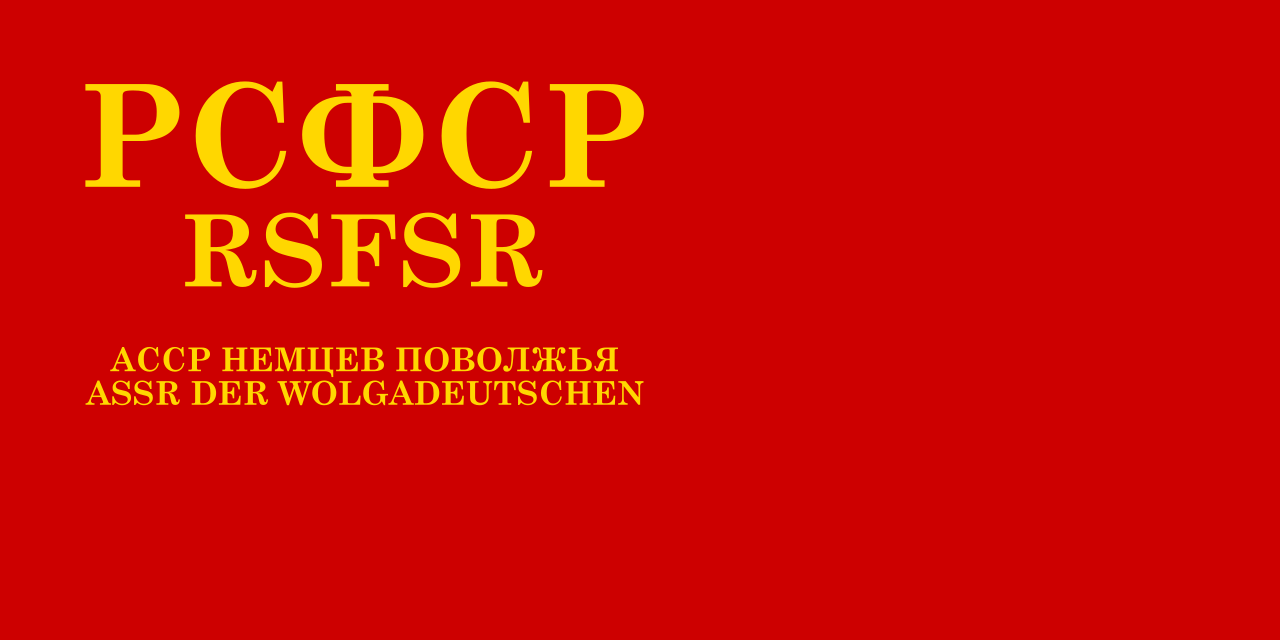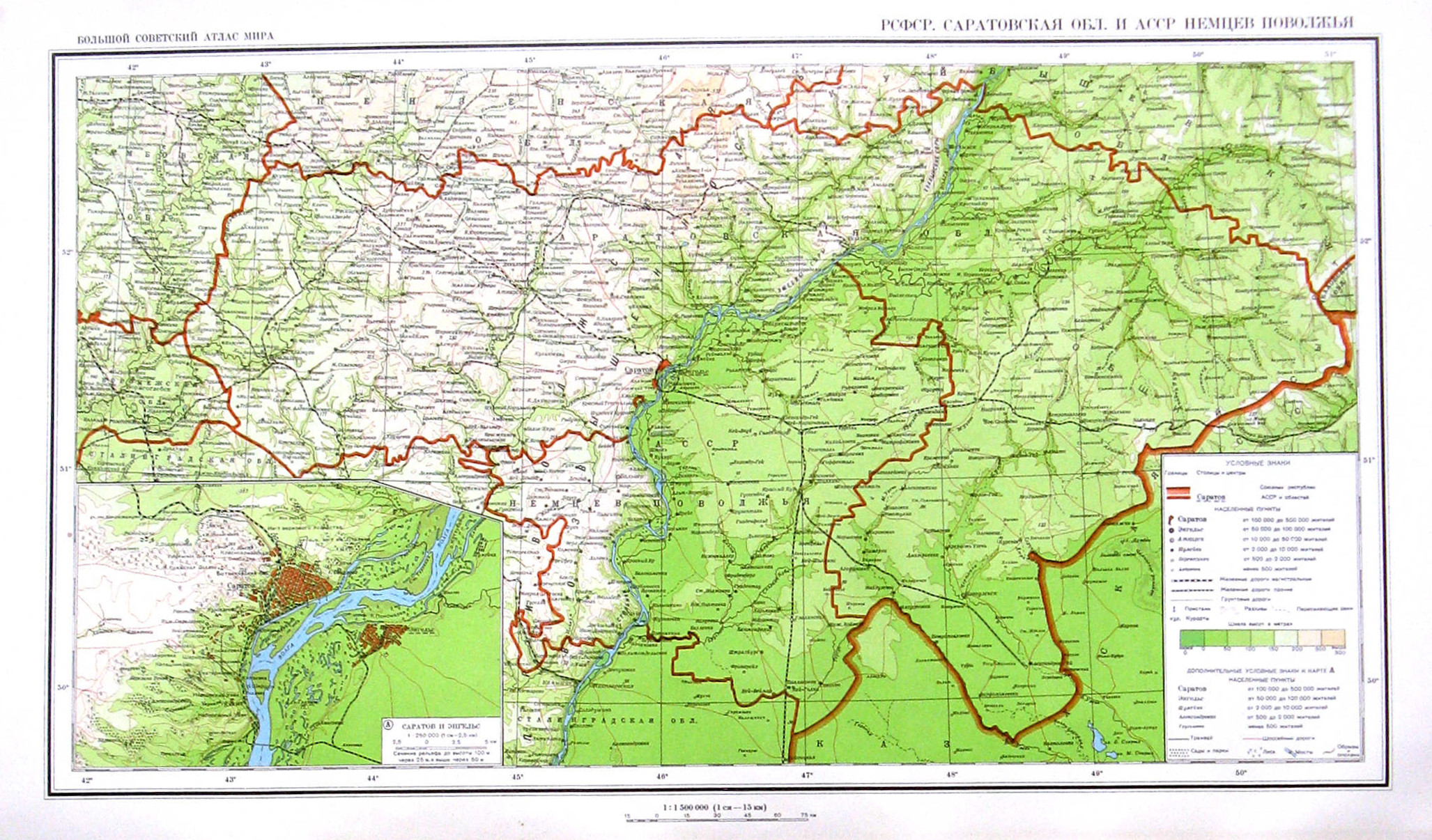
German States are known very well in the history as being the home of ethnic Germans, who formed several unions, participated in several very important wars which changed Europe and not only for several times throughout history. Because of wars and conflicts between different countries, but also because of unpopular laws or periods of crisis, numerous Germans found their home in other countries all over the globe, inluding several in Europe, like Romania or Russia.
In 1762 and 1763, Empress Catherine II, with her manifestos, invited the inhabitants of European countries to move to Russia and settle on the banks of the Volga River . Thousands of residents from German states ( Hesse , Baden , Saxony , Holstein , Mainz and others), possessions of the Habsburgs , Switzerland , the Netherlands , France , Denmark , Sweden and other European countries responded to the invitation .
From 1764 to 1768, 106 resettlement colonies were formed in the Volga region in the territories of modern Saratov and Volgograd regions, in which 25,600 people lived. By the beginning of the 20th century, there were 190 colonies in the Volga region with a population of 407.5 thousand people, mainly Germans , who were officially called “Volga Germans” (Wolgadeutschen) from the end of the 19th century .

On October 19, 1918, by decree of the The Council of People’s Commissars of the Russian Soviet Federative Socialist Republic from part of the territories of the Saratov and Samara provinces, the first autonomous region in the RSFSR was formed, called the Autonomous Region of the Volga Germans (the name “Volga German Workers’ Community” was also used) with the administrative center in the city of Saratov (from October 19, 1918 until May 1919), then the city of Marxstadt became the administrative center (from May to June 4, 1919 named Yekaterinenstadt). July 24, 1922 the administrative center of the autonomous region was moved to the city of Pokrovsk joined to autonomy June 22 (in 1931 it was renamed the city of Engels).
On December 19, 1923, the Volga Germans AO was transformed into the Autonomous SSR of the Volga Germans with an area of 28,200 km² and 576 thousand inhabitants (1933). From 1928 to 1934, the Autonomous Soviet Socialist Republic was part of the Lower Volga Region and the Lower Volga Region of the RSFSR. At the moment of declaration of autonomy, an amnesty was announced. However, it eventually was applied to a small number of people. According to the policy of korenizatsiya, carried out in the 1920s in the Soviet Union, usage of the German language was promoted in official documents and Germans were encouraged to occupy management positions.

According to the Constitution (Basic Law) of the USSR , adopted on December 5, 1936, the Volga German Autonomous Soviet Socialist Republic was expelled from the Saratov Territory, which was transformed into the Saratov Region. In 1939, about 60% of the population of the Autonomous Soviet Socialist Republic were Volga Germans (in addition, a significant number of Volga Germans, especially those with higher education and industrial specialties, lived and worked in the city of Saratov, where they accounted for a significant proportion of the faculty of higher and secondary educational institutions and industrial workers).
The Volga German Autonomous Soviet Socialist Republic was one of the first autonomous republics of complete literacy in the USSR: in the Autonomous Soviet Socialist Republic there were 171 national secondary schools, 11 technical schools, 3 labor schools, 5 universities. In addition, there were 172 collective farm clubs, houses of culture, the German National Theater and a children’s theater. 21 German-language newspapers were published.

The supreme body of state power of the Autonomous Soviet Socialist Republic of the Volga was the Central Executive Committee of the Soviets of the Volga German Autonomous Soviet Socialist Republic (since 1937 – the Supreme Council of the Volga German Autonomous Soviet Socialist Republic ), which was the legislative (representative) body formed since 1937 on the basis of general elections. The executive branch was headed by the Council of People’s Commissars (SNK) of the Autonomous Soviet Socialist Republic of NP, consisting of eight people’s commissariats: internal affairs, justice, health, education, finance, agriculture, labor, social welfare, as well as the workers ‘and peasants’ inspection and the Council of National Economy.

Immediately after the outbreak of World War II, no sanctions were imposed against the Germans of the Autonomous Soviet Socialist Republic, since the Soviet leadership still had hope for a quick defeat of the Wehrmacht . When it became clear that the front was rapidly moving east, all the Volga Germans were evicted by the Decree of the Presidium of the Supreme Soviet of the USSR of August 28, 1941 to the Kazakh SSR, Altai and Siberia. The deportation procedure was a well-established procedure (eviction of Finns, Poles, Lithuanians, Latvians, Estonians, Koreans, etc.).
A total of 438.7 thousand people were evicted from the region, including 365.8 from the Autonomous Soviet Socialist Republic, 46.7 from the Saratov Region, and 26.2 thousand from the Stalingrad Region. In the fall of 1941, Volga Germans were deported, a significant portion of whom were deported to neighboring Kazakhstan. It is interesting that in the 1980s Kazakhstan talked about autonomy for the Germans resettled there – this led to strong protests and the strengthening of the independence movement. This is how revenge for the resettlement of the people happened many years later. In the 1990s, most of the Germans living in Kazakhstan left for Germany, where their landless great-grandfathers left several centuries ago.
In the 1960s, among Soviet Germans, dissatisfaction with their position of travel abroad from places of settlement and the inability to return to the Volga region appeared. 20 years after the end of the war, in 1965, it took on a concrete form when a delegation was sent to Moscow demanding the restoration of the Autonomous Soviet Socialist Republic. But only on November 3, 1972, a decree of the Presidium of the Supreme Soviet of the USSR was issued, which removed all restrictions on the choice of residence from the Germans. A specially created government commission decided that it was not advisable to establish the German Autonomous Soviet Socialist Republic in the Volga region, “since the German population actually does not live here and has no historical roots in this region.”

🖋️ Text by Claudiu C. CREȚU
📝 Documentary source: GROSS E. Auth. Social Owls Rep. Germans of the Volga region: historical and political-economic essay. Pokrovsk: Type. Nemgosizdat, 1926
📌 The Bunget Arts & Culture 2020
